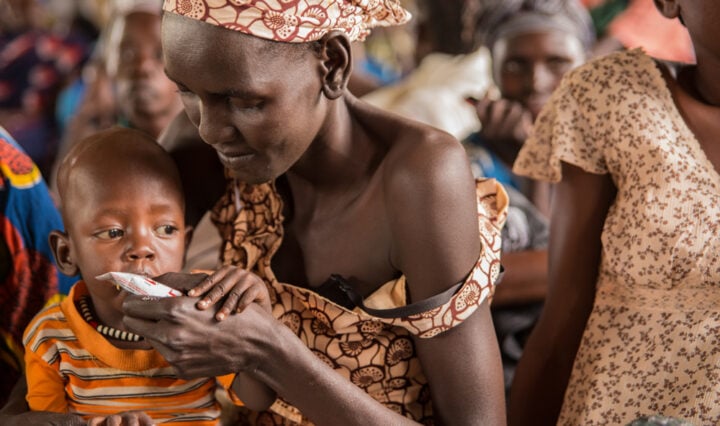The Food and Agriculture Organisation (FAO) says about 25.3 million people in Nigeria will experience acute food insecurity in the 2023 lean season.
In its quarterly report titled “Crop Prospect and Food Situation“, FAO said the projected figure is higher than the 19.45 million forecasts in 2022.
The report which assessed 45 countries across continents stated that 33 countries in Africa are in need of external assistance for food.
It identified floods, conflict in northern areas, and high food prices as defining factors in the projected rate of food insecurity in the country.
Advertisement
“About 25.3 million people are projected to face acute food insecurity during the June to August 2023 lean season, including about 1.87 million people in CH Phase 4 (Emergency) and nearly 4 000 in CH Phase 5 (Catastrophe),” the report reads.
“This would be a significant deterioration compared to last year when 19.45 million people were estimated to be acutely food insecure.
“Acute food insecurity is mostly driven by the deterioration of security conditions and conflicts in northern states, which as of March 2022 (latest data available) have led to the displacement of about 3.17 million people and are constraining farmers’ access to their lands.
Advertisement
“Widespread flooding in 2022, affecting about 4.5 million people across the country, has further compounded conditions, particularly in areas already facing high levels of insecurity. High food prices and the expected slowdown in economic growth in 2023 are additional drives of acute food insecurity.”
It added that about 92,000 refugees, mostly from Cameroon, are residing in Nigeria, as of January 2023.
The UN agency said, “while international prices have softened, local food prices remain high and continue to severely hinder access to food.”
It further stated that Africa is at risk of acute food insecurity this year following rainfall shortages in the north and south of the continent, drought in east Africa, and conflict in west Africa.
Advertisement






